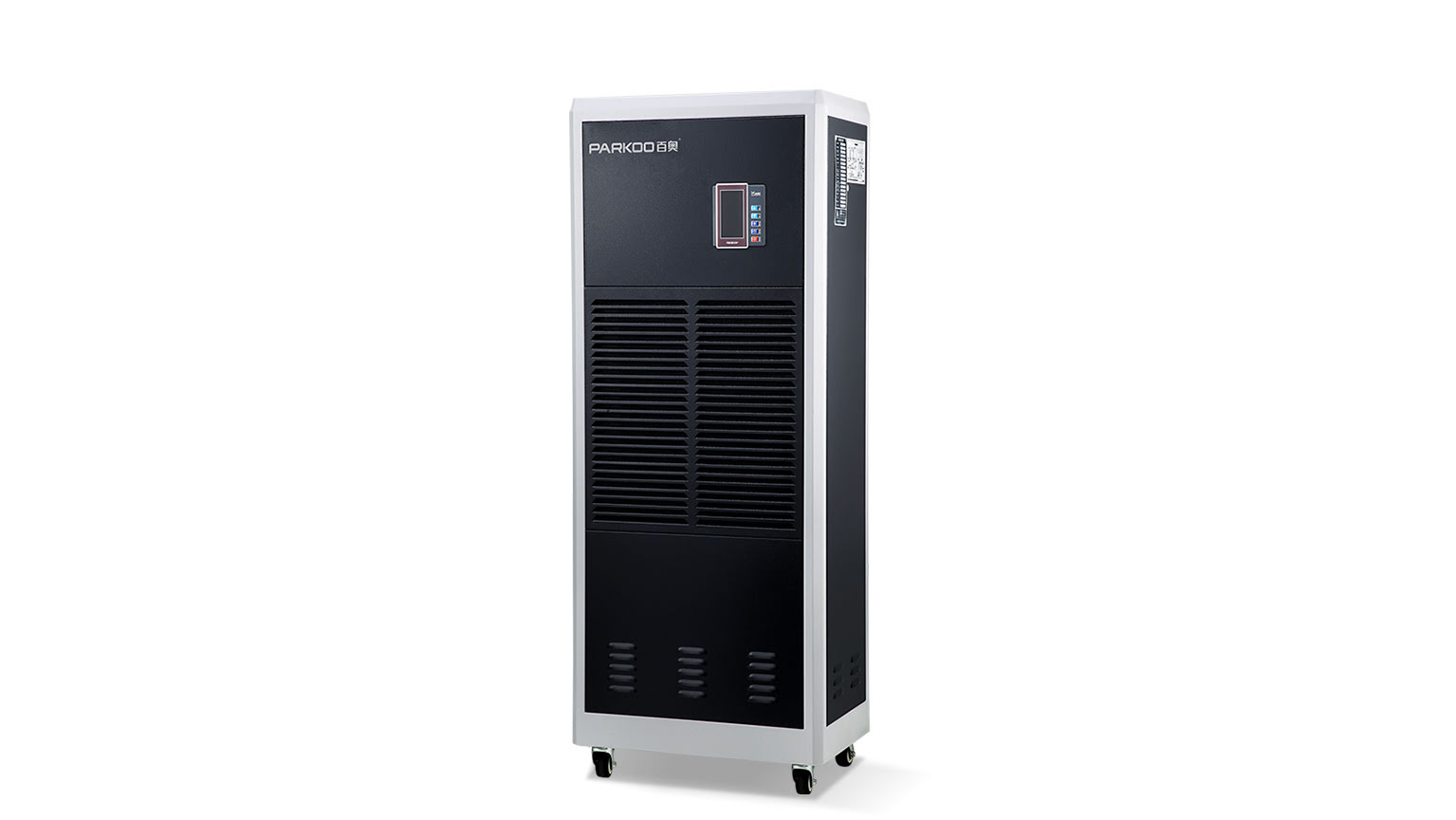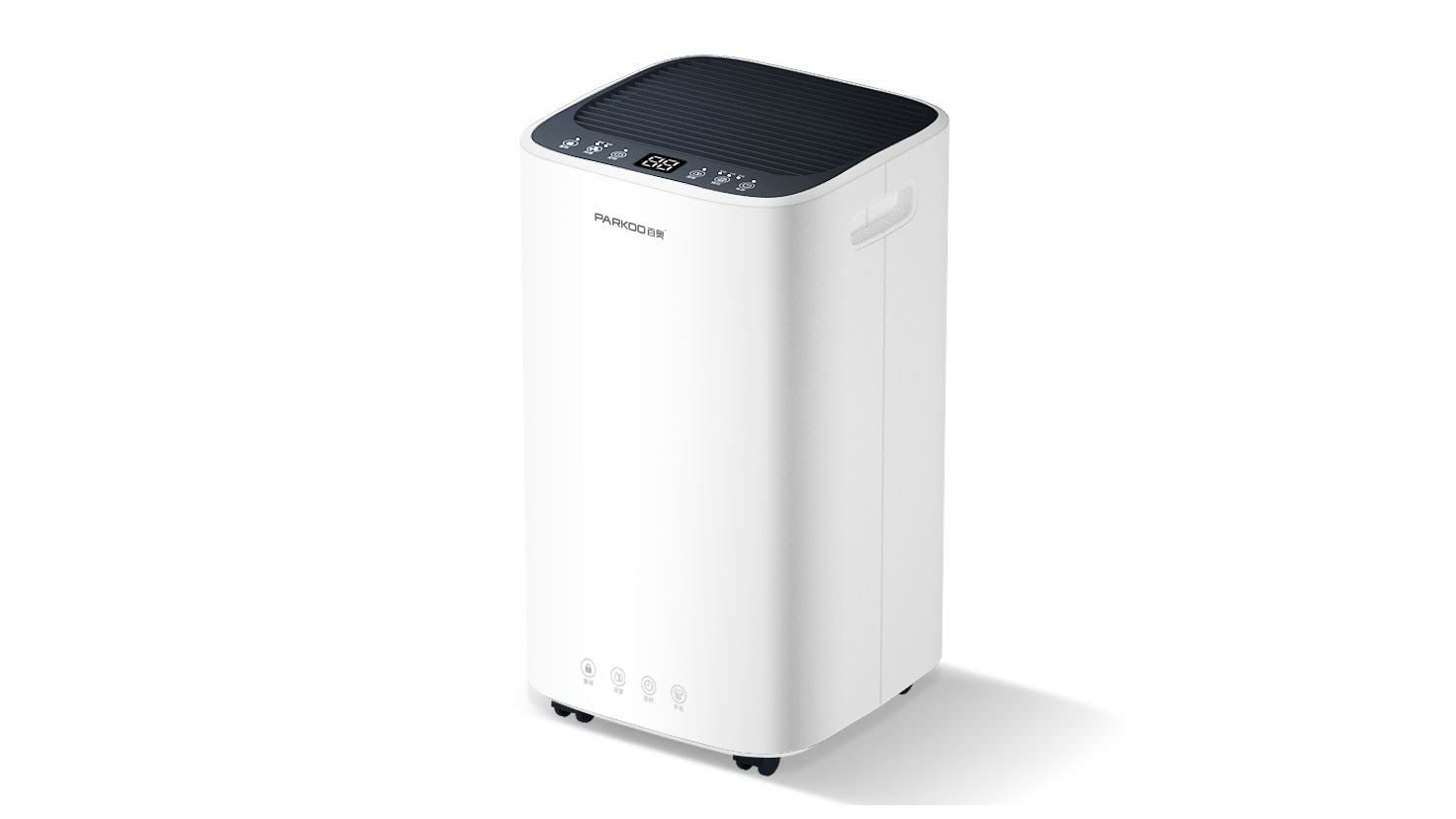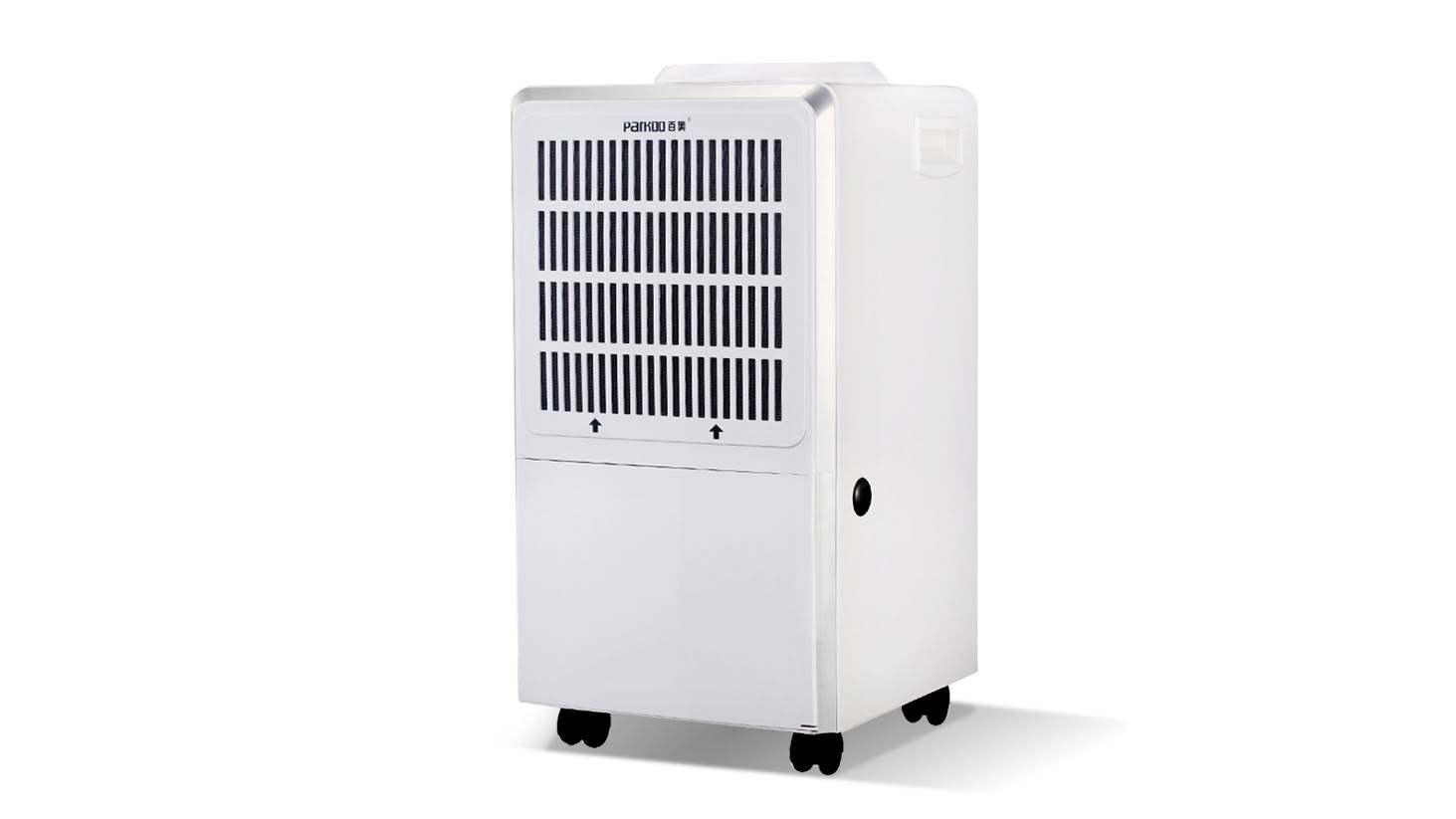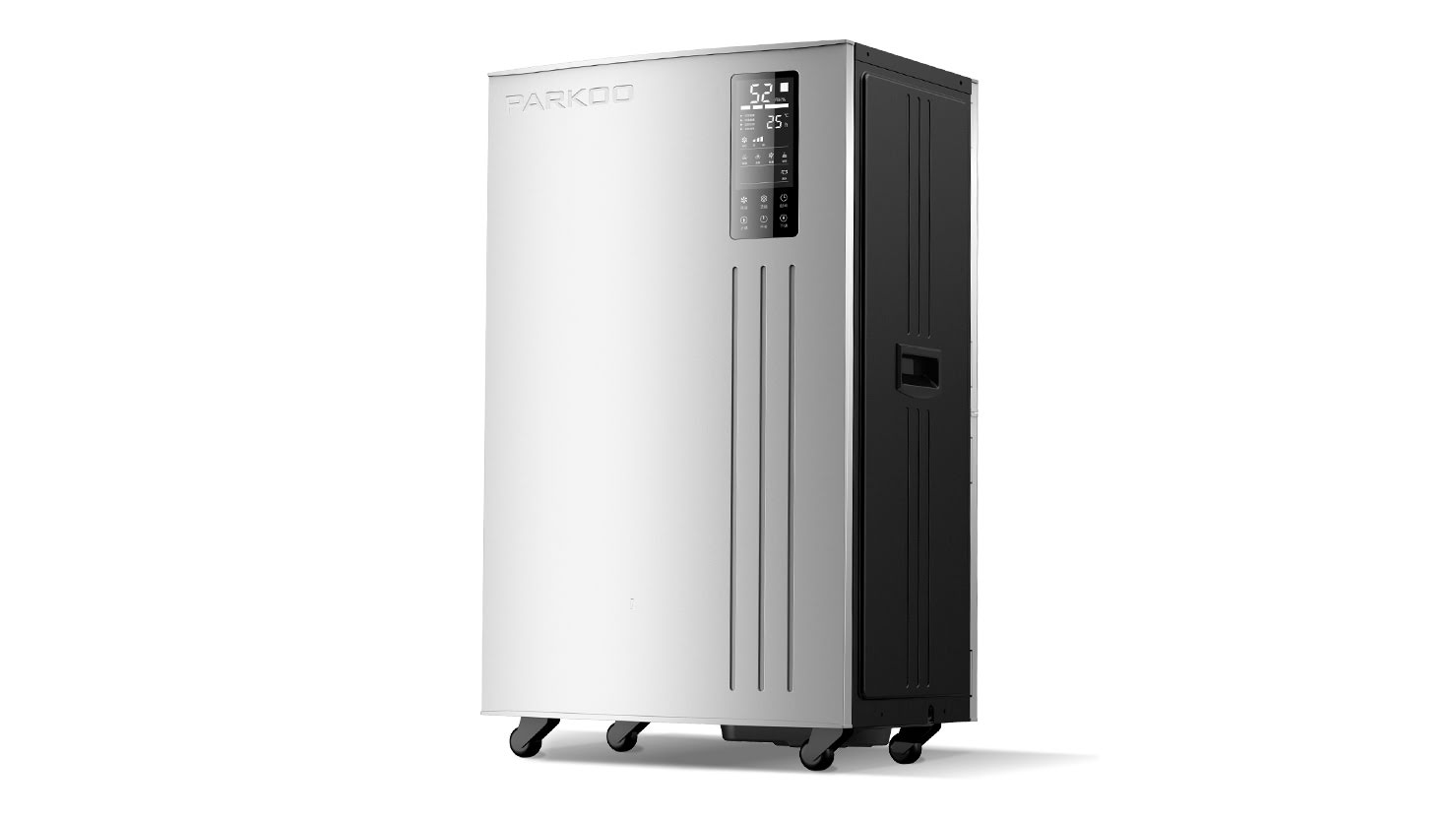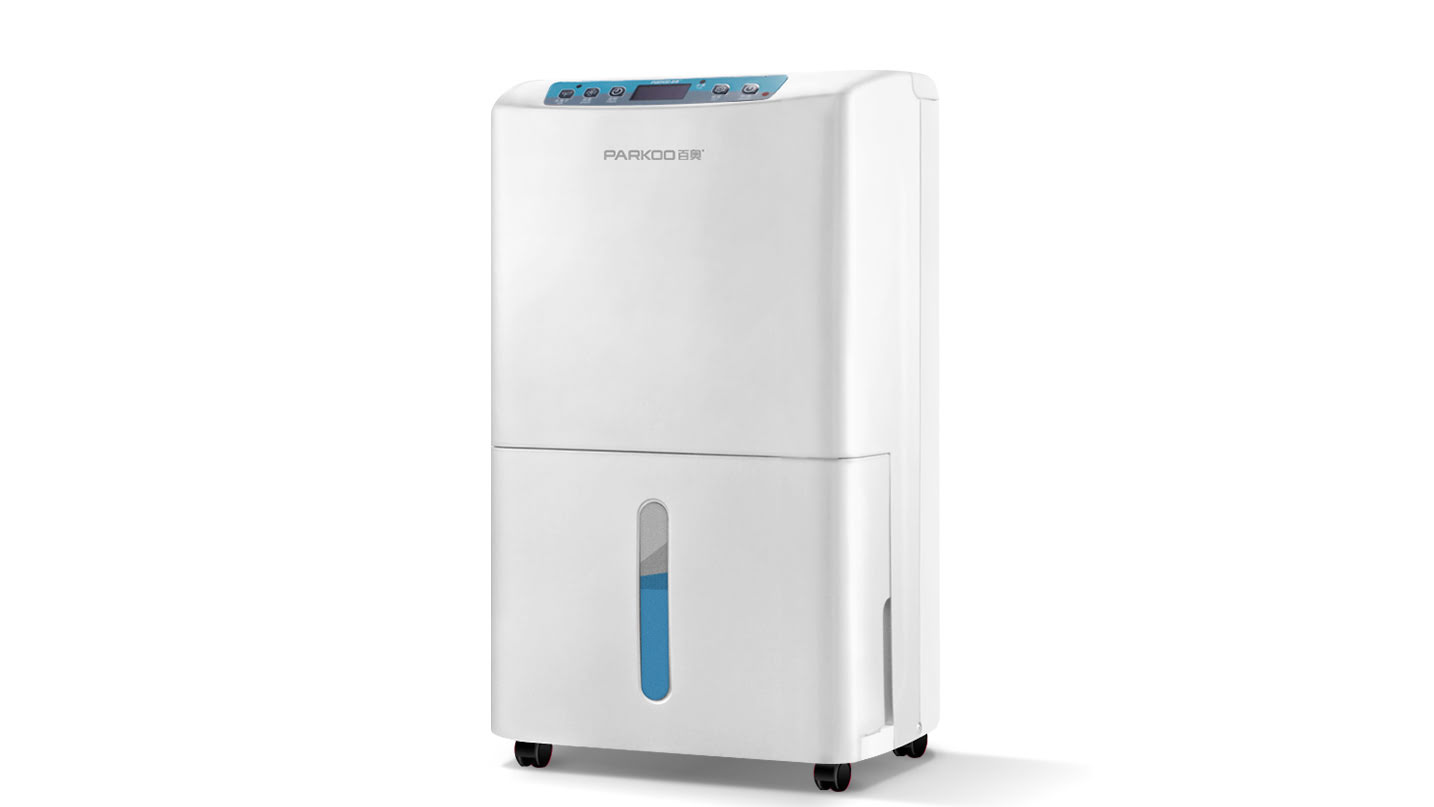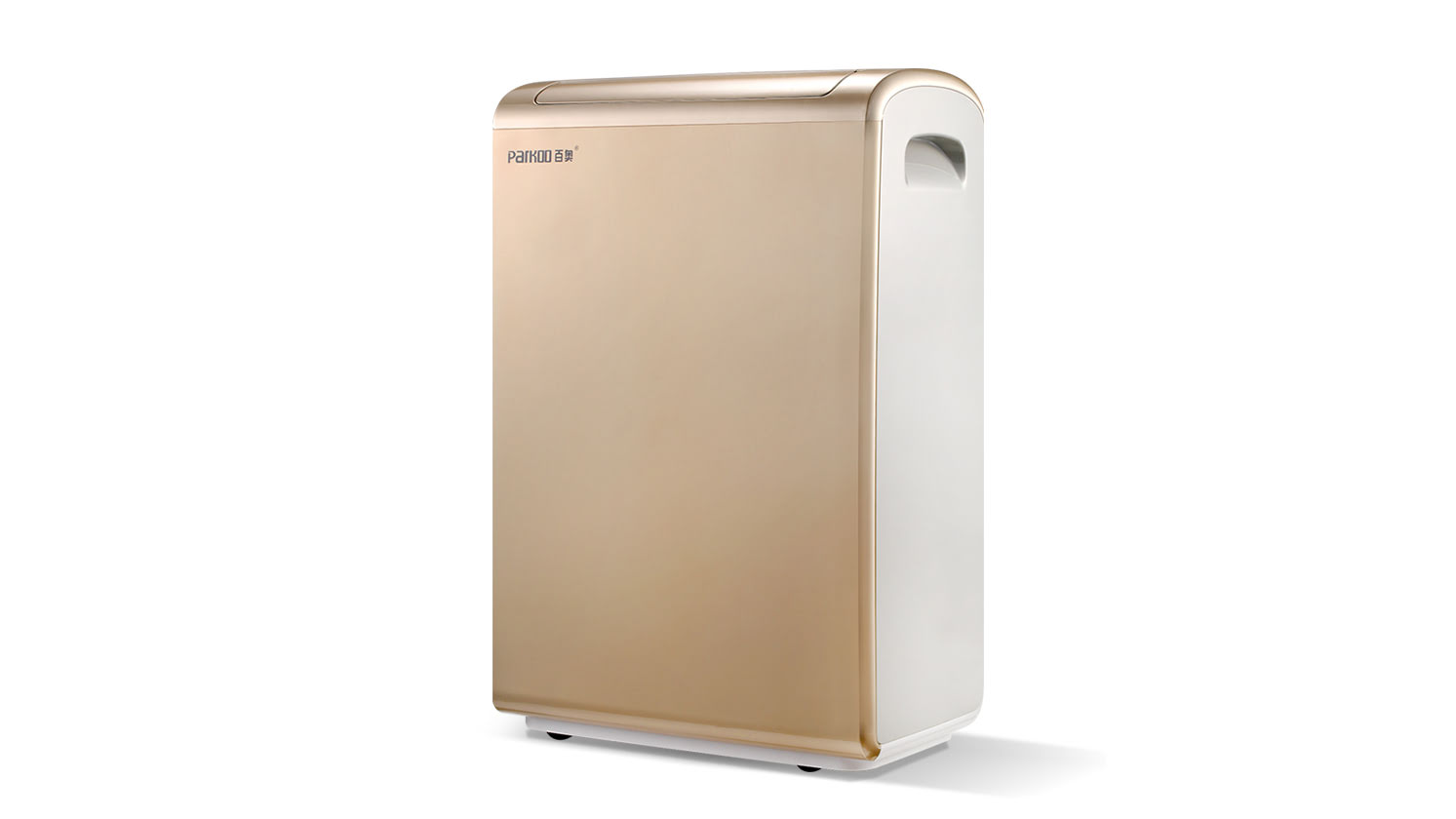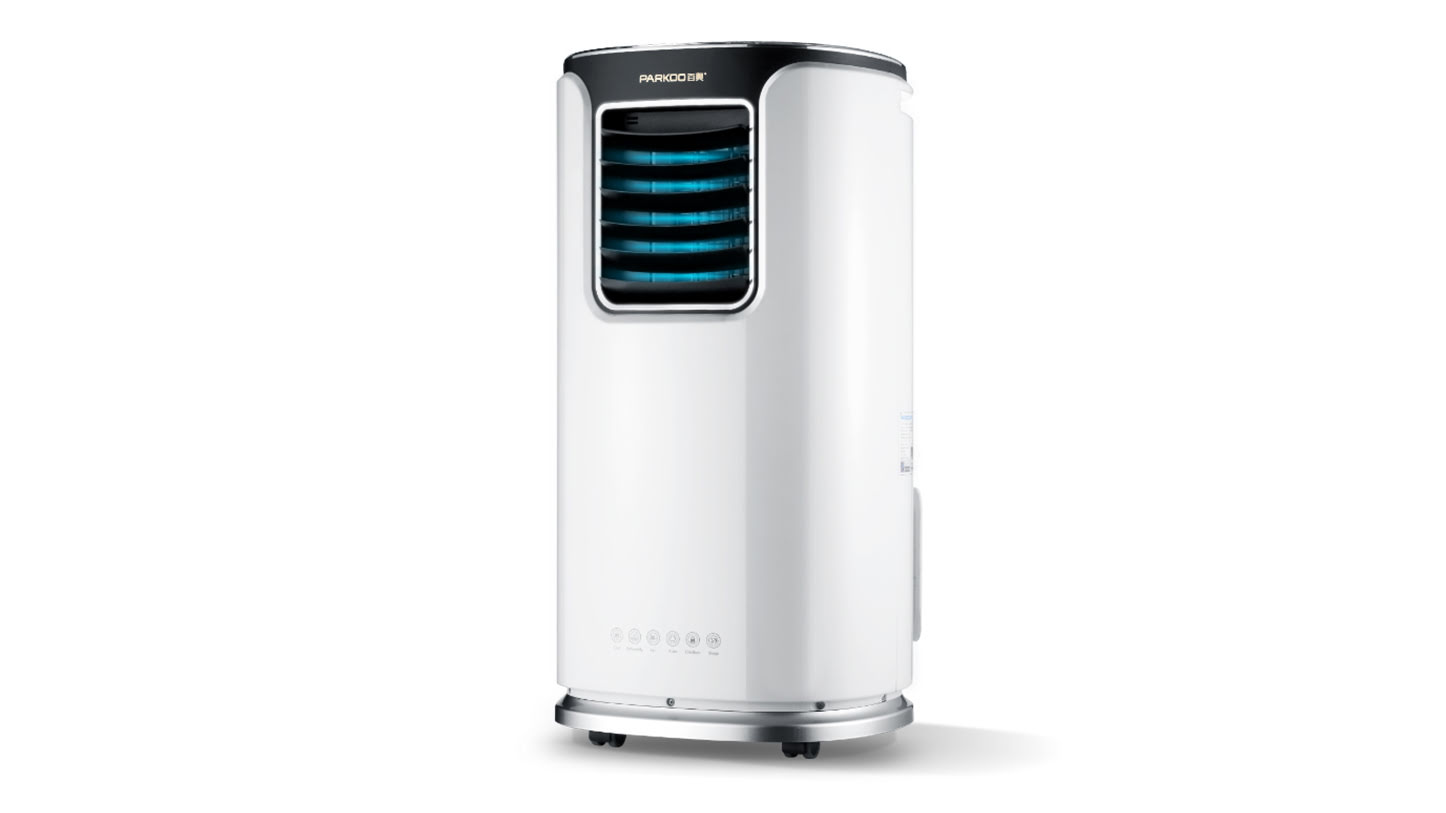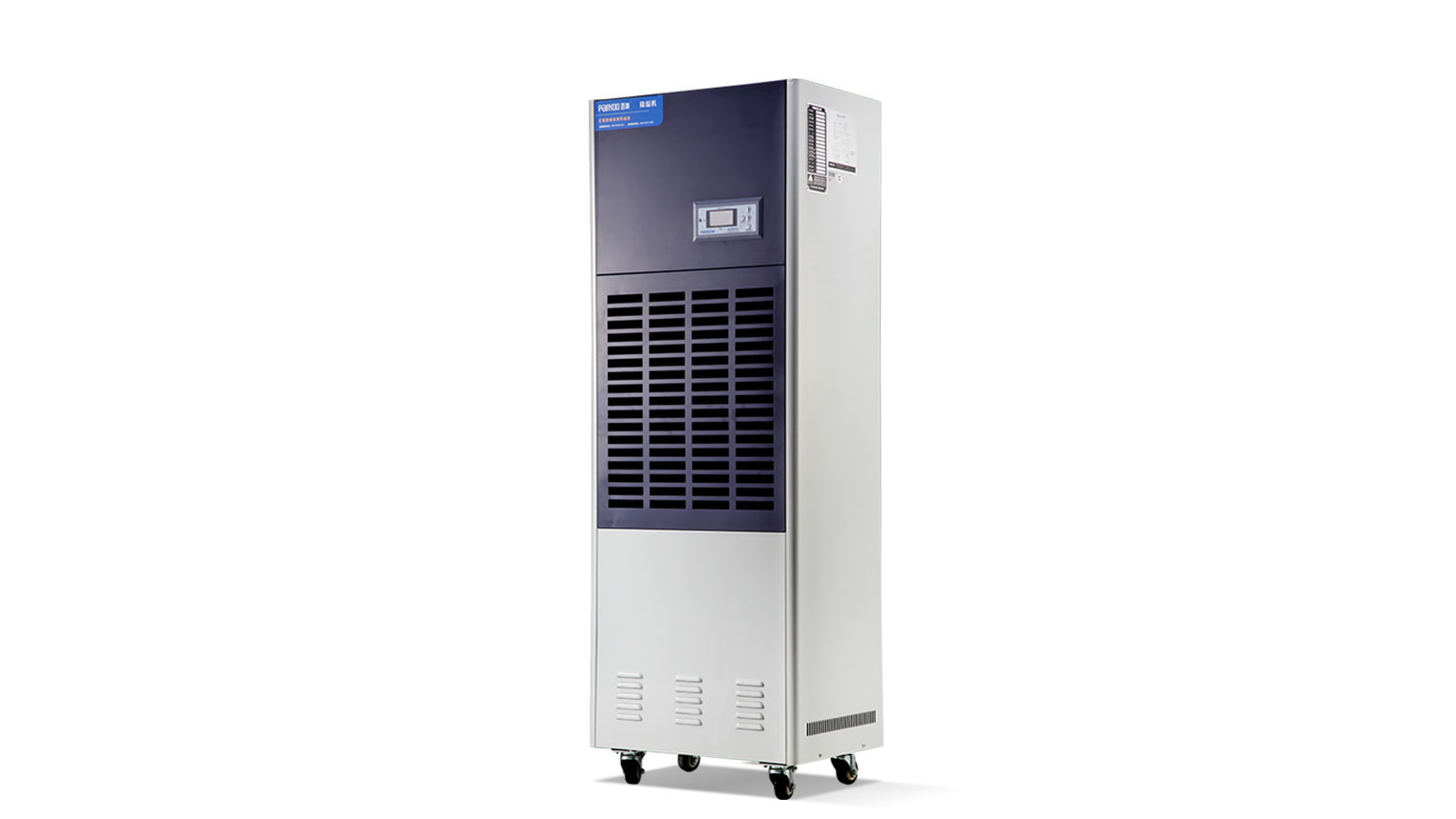headache, sore throat, eye pain, skin irritation and contact lens discomfort are all symptoms of dry indoor Environment. UnFortunately, we do not have the ability to notice a dry atmosphere, just as we notice abnormal cold or warmth. Therefore, we usually do not associate the discomfoRT or Health issues we encounter at work and home with low relative huMidity The Ideal level of indoor humidity is between 40% and 60% relative humidity (% RH), recognized by HEVAC, CIBSE, BSRIA, and BRE. In the 1992 display Screen Equipment regulations, the Health and safety Executive required employers to Maintain a certain level of relative humidity to Prevent discomfort and eye discomfort for people working on computer terminals for Extended periods of time However, offices in the UK often fall far below this level. A study conducted by Volvic in 500 workplaces found that one in five Offices in the UK is as dry as the Sahara, with a relative humidity of 25%, while Death Valley in California has only one in ten, with a relative humidity of 23%
Effects of low RH
One of the first significant effects of dry air is electroStatic shock, which occurs below the threshold of 40% rH and may quickly beCome a nuisance. Above this level, the electrostatic impact is eliminated
The eyes are particularly susceptible to the influence of dry air, as the thin layer of water on the cornea quickly evaporates. Contact lens wearers Express discomfort, as the humidity drops from 45rH% to 20rH%, which can increase five times. The dust and dirt deposits on the lenses will increase, causing greater irritation. If the air is too dry, the skin, scalp, and hair also begin to suffer. Without exposure to Moisture, the skin may develop rashes and rough plaques, the scalp may begin to peel off, and the hair may become brittle
The nose and throat serve as powerful humidifiers for inhaling air and mucus, helping to prevent infection by capturing microorganisms and dust. they began to dry under conditions below 55% rH, quickly leading to nasal congestion, dry mouth, and sore throat. continuously low rH increases susceptibility to infections such as colds and coughs
People's sense of warmth varies with RH. when humidity is at a comfortable level, the ambient temperature can be lowered to provide a warm feeling, thereby reducing heating costs
Reason
In the UK, low humidity in the workplace mainly occurs when the winter heating system is turned on. A typical office without a Humidification system will have a relative humidity of less than 40% around one-third of the year. Moving further north, the problem becomes more widespread. Beyond the Design specification of the building, more people, additional comPuter equipment and office machines, as the indoor temperature rises, the problem becomes more and more serious
One third of the year is a large proportion, which should not be ignored, beCause Employee Benefits is an Important issue. It also makes sense in business: if people are comfortable, they will be more effective
To ensure a comfortable, Healthy, and efficient office environment of at least 40%, most offices must use some humidification methods. Integrating well-designed humidifiers into a building's air Conditioning system can eliminate the problem of dry air
Typically, humidifiers are the last thing to Consider when planning building services, and even in terms of cost, they are omitted, only in the space for Installing sTeam humidifiers in the future. However, Due to an estimated five times increase in the cost of retrofitting the humidifier compared to the original equipment, combined with the cost of operating and maintaining Steam humidifiers Compared to alternatives, it is not a best practice for building occupants to only leave space for one steam humidifier
There are many factors in selecting the Appropriate humidifier for energy use, water supply, cold water or steam, natural gas or Electricity, evaporation or spray, humidifier conditions, control compatibility and maintenance needs
Therefore, it is very important to work with experts Who can provide guidance for the Correct type of household Dehumidifier. It is also important to coOperate with companies that provide a full range of services, including installation and after-sales services and spare parts. When the Dehumidifier processes water, it Needs to be taken Care of. Of particular Importance is the supplier's ability to provide Fully qualified debugging services. For example, regarding Legionellosis, HSE supports the idea that the best mercenary equipment is a manufacturer or supplier. Afterwards, a planned maintenance plan should be implemented to ensure that initial investments are not wasted
